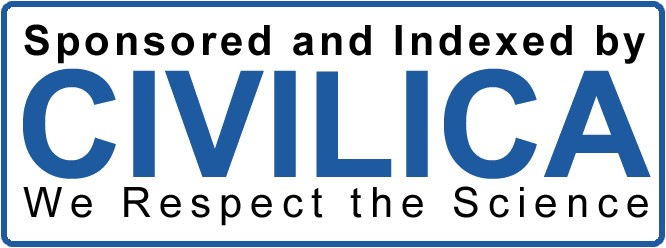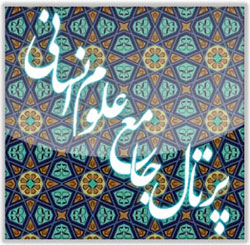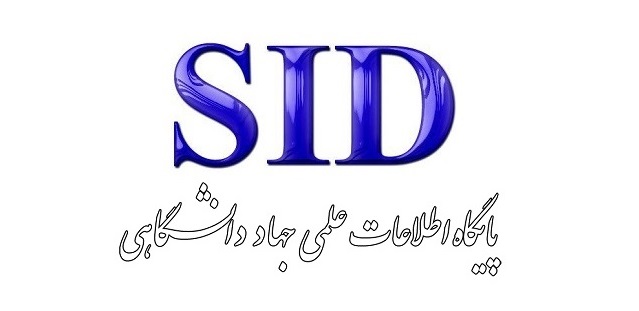Effects of Securing Women’s Rights in Islam and International Human Rights Instruments
Keywords:
Women's rights in Islam, women's rights in international documents, guarantees of performance, human rightsAbstract
Women, as half of society, occupy a special and significant position. Accordingly, in national and international legal and jurisprudential discourse, laws have been enacted concerning their status, obligating states to implement them. The aim of this descriptive–analytical research is to examine the effects of securing women’s rights in Islam and international human rights instruments. The method of data collection was library-based, and the required tool was note-taking. The findings revealed that both Islam and international human rights instruments have established regulations for securing women’s rights. Although these laws have been enforced, there still remain limitations and deficiencies regarding women’s rights, including gender discrimination, employment restrictions, inheritance, blood money (diyah), and other issues. To prevent such limitations, national and international laws with legal gaps must be amended, and the opinions of Islamic jurists should be considered in this regard. Furthermore, steps should be taken toward adopting newer and more precise legislation concerning the realization of women’s rights. By recognizing the qualifications and abilities of women in various political, cultural, social, and economic spheres, it can be expected that a country will achieve sustainable development. Historically, women have proven their capabilities; today, their presence in economic markets, the cabinet, the Islamic Consultative Assembly (Parliament), and their roles in the educational system and within families demonstrate women’s competence across diverse fields.
References
Abdi, Z. (2006). Female-Headed Households in Need of Social Support. Barnama (Program Journal)(196), 18-20.
Akhondan, E. (2016). Special Protections for Women in General International Treaties. Quarterly Journal of Safeguarding Women's Rights Studies, 1(3), 14-31.
Al-Baladhuri, A. i. Y. (1996). Ansab al-Ashraf (Vol. 1). Beirut: Dar al-Fikr.
Alavi, S. N. a.-D., Mobalegh Jafari, S. Z., & Zia, S. A. (2009). Woman, Sharia, Gender. Kabul: Friedrich Ebert Foundation.
Asadzadeh, A., Mirani, N., Qazikhani, F., Esmail-Darjani, N., & Honardoost, A. (2017). The Role of Women's Employment and Education in Iran's Economic Growth. Women in Development and Politics, 15(3), 359-381.
Bagheri, S. (2004). Women's Employment in Iran: An Introduction to the Factors Affecting Women's Employment in the Past Forty Years. Tehran: Public Relations of the Cultural-Social Council of Women.
Berenjkar, A. (2017). A Comparative Study of the Evolution of Women's Rights from the Perspective of Islamic Jurisprudence in the Islamic Republic of Iran and International Treaties Islamic Azad University, Behshahr Branch].
Divandari, T., & Pourabdollah, K. (2016). Explaining the Desired Status of Employment with Emphasis on Cultural Aspects: Islamic-Iranian Model of Progress. Fifth Conference on Islamic-Iranian Model of Progress, Tehran: Islamic Republic of Iran National Library Conference Center.
Ghadimi, A. (2001). Woman, Participation, Development. Tehran: Jahane Ejtemaei Publications.
Heidari, F. (2018). The Role and Participation of Women in Sustainable Development. Quarterly Journal of Safeguarding Women's Rights Studies, 3, 99-115.
Kahala, O. R. (1982). A‘lam al-Nisa’ (Vol. 2). Beirut: Al-Risalah.
Khorasani, M. (2014). A Study on Fundamental Political and Social Rights of Women in Islamic Jurisprudence and Statutory Law University of Urmia].
King, E., & Hill, M. A. (1997). The Role of Women's Education in Economic Development. Tehran: Roshanagaran and Women's Studies Institute (Persian Translation by Gholamreza Azad).
Malekzadeh, F. (2008). The Role of Women's Employment in Development and Multiple Roles. Family Law and Jurisprudence Semiannual, 13(49), 67-85.
Mousavi, S. M. (2016). The United Nations and International Instruments on Women's Rights: Review of the UN’s Performance in the Field of Women’s Rights. Quarterly Journal of Safeguarding Women's Rights Studies(3), 3-13.
Rafiei, M., & Dabbaghi, M. (2014). Globalization and Women's Rights: Opportunities and Challenges. Strategic Studies of Globalization, 5(14), 189-225.
Rahmanzadeh, R. (2002). Gender Issues in Social Security and Protection. Women in Development and Politics(4), 201-219.
Zohrevand, A. (1995). UN Mechanisms for the Protection of Human Rights Faculty of International Relations, Ministry of Foreign Affairs].
Downloads
Published
Submitted
Revised
Accepted
Issue
Section
License
Copyright (c) 2025 Aniseh Moazani (Author); Maryam Moradi (Corresponding author); Soheil Soheili Najafabadi (Author)

This work is licensed under a Creative Commons Attribution-NonCommercial 4.0 International License.








